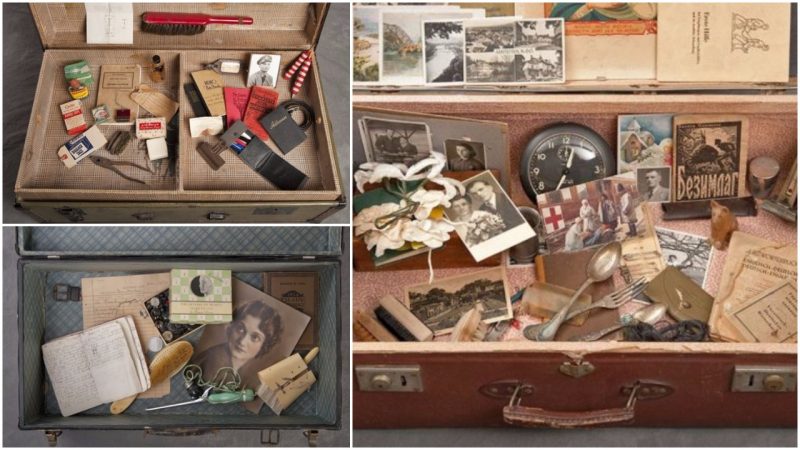In 1995, the New York State Office of Mental Health closed the doors of the Willard Asylum for the Chronic Insane. Located near the Seneca Lake in the town called Willard in New York.
Shortly after the asylum was closed, Bev Courtwright, an employee of the hospital was assigned to search through the building to inspect what should be salvaged and what not. While searching the attic, Courtwright stumbled upon a rather fascinating and poignant discovery: a collection of 400 suitcases consisting of the personal belongings of the patients from decades earlier.
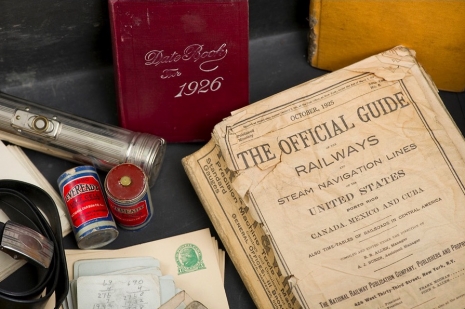
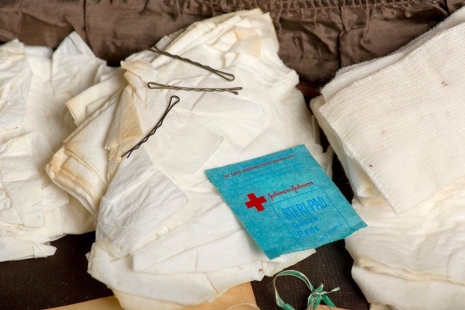
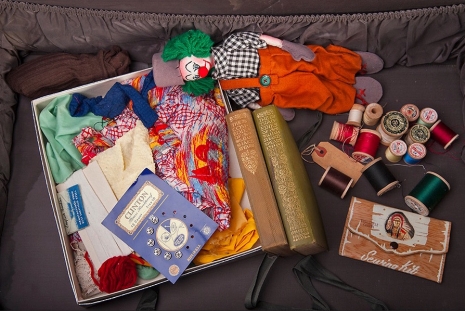
The cases had been placed into storage when the patients were admitted to the hospital between 1910 and the 1960s.
New York State Museum in Albany obtained the cases and appointed the prolific photographer Jon Crispin to document the suitcases and its contents. Recently we had the pleasure to interview Crispin and have a closer look at this remarkable project.
“I was living in Ithaca, NY at the time and my friend Tania Werbizky asked if I had ever seen the abandoned buildings at the Willard Psychiatric Center. I hadn’t, and so she and I drove to the site. I was immediately taken by the spirit of the place.” said Crispin about his first experience with the asylum.
Bearing in mind there are roughly 400 suitcases it took a while for each of them to be captured:
“I started shooting the Willard Suitcases in March of 2011 and finished in November of 2015. I am still editing the images, and expect to be doing so for quite some time. It is a massive collection.”
It is a poignant and fascinating project
“I am very fortunate that, through my photos, I can share something about the lives of the residents of Willard, apart from their having been institutionalized for perceived a mental illness,” says Crispin
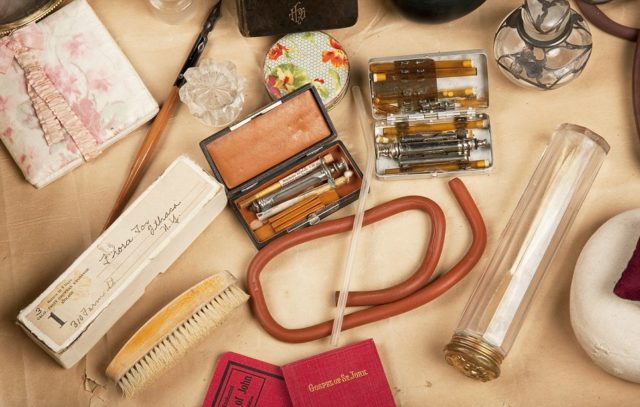
We asked Crispin to tell us more about the owners of the suitcases:
“The suitcases are in the permanent collection of the New York State Museum. Each case has been cataloged and conserved by the museum staff, and there are complete records about the owners of the cases.The New York State Archives has the (mostly) complete medical records of every Willard patient since the late 1860s. Dr. Karen Miller is a poet and psychiatrist, and she has had access to those records. She and I talk quite often about some of the owners of the suitcases. But, and this is very important, I choose to see these folks through what they brought with them to Willard, rather than through their diagnosis.”
Crispin runs two successful Kickstarter project, which helps to fund the project. The first one entitled Willard Suitcases: Unpacking The Rest funded photographing roughly 80 cases, while the second one Willard Asylum Suitcase Documentation, helps Crispin to fund shooting the remaining cases.
Each case is a story for itself, but we couldn’t help but wonder if some of the cases touched Crispin more than others:
“I have never viewed one case as more special that another. I prefer to see the collection as a whole. Even the empty suitcases have a meaning to me.It is very important for me to feel a strong connection to the objects and to the owners of the suitcases. It is that connection that I hope to pass along to the people who view the photographs”
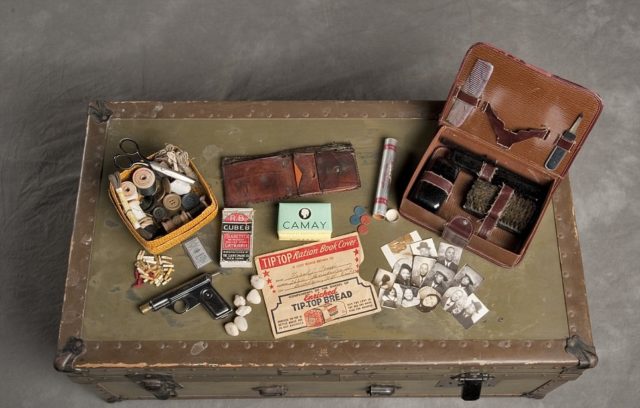
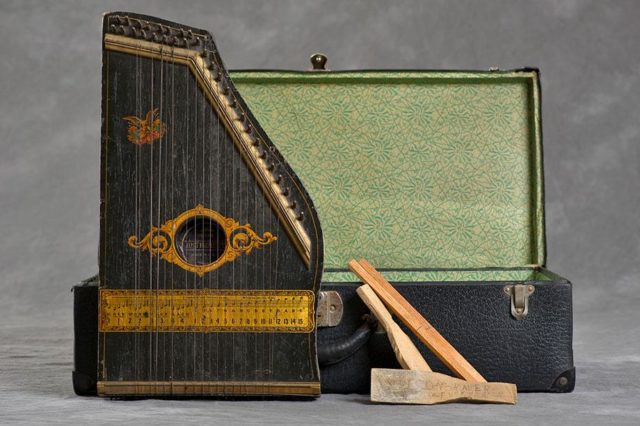
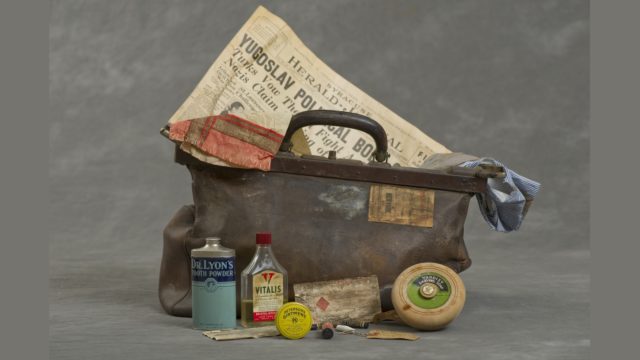
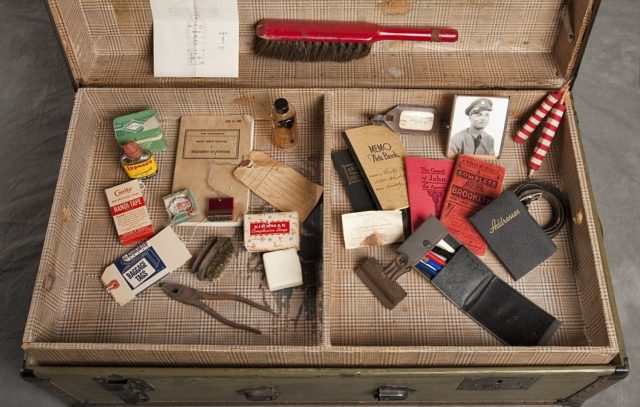
Regarding the sensitive nature of this project, we wondered how big is the connection between the photographer and the owners of the suitcases:
Yes, I think about the owners of the cases all of the time. Whenever I edit the photos, I feel a connection to these people.
I am more interested in hearing about what my photographs mean to others that to talk about what they mean to me. The whole point of my work is to evoke a response from viewers. I have learned so much from people who have commented on the project, and whatever I have to say, I try to say through the images themselves. Crispin told us when we asked him what the suitcases tell him about their owners
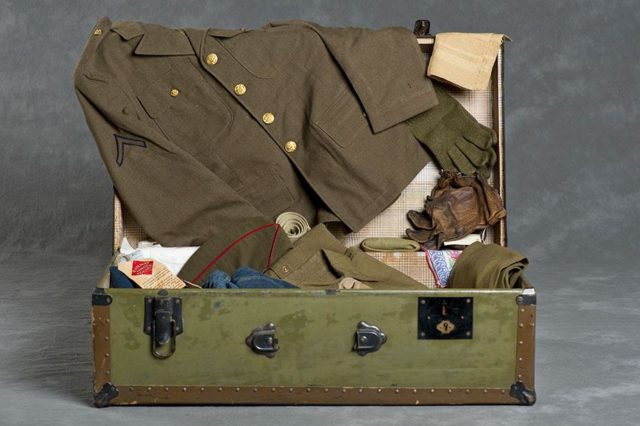
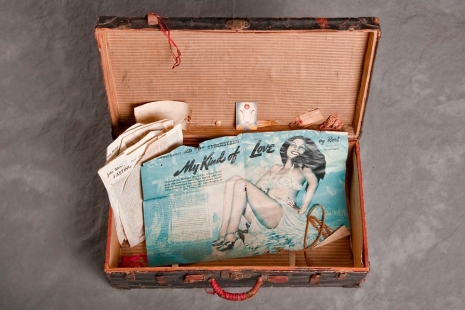
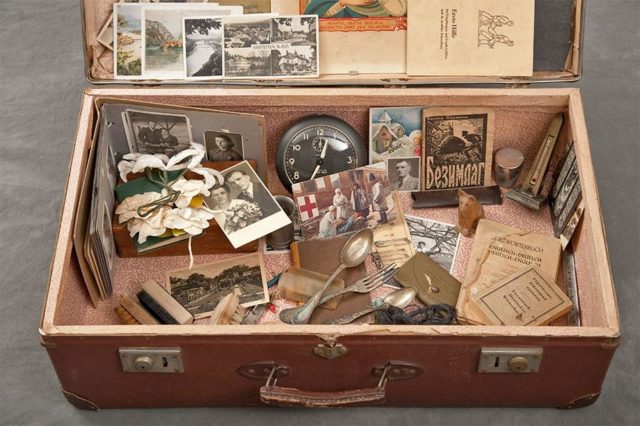
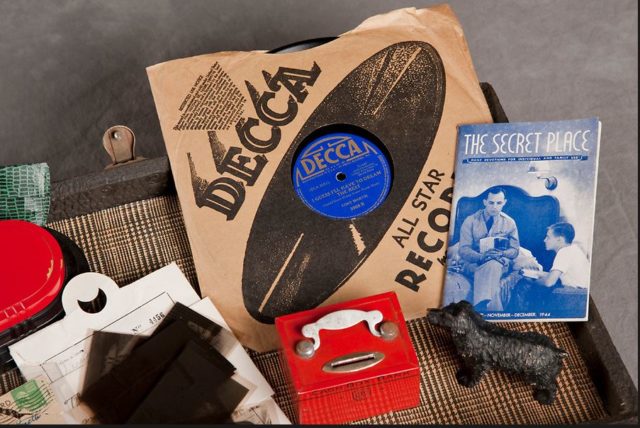
Photographing the suitcases it’s not the only activity Crispin does on this project:
“I am speaking about the project to a variety of groups that are interested in my work with the suitcases. These include colleges and universities, mental health support organizations, hospitals, and historical associations, just to name a few.”
Beside this project, for which is easy to assume is massive, Crispin has other projects he works on:
In addition to this project, I also work as a freelance photographer, so it is in some ways difficult to devote as much time to the suitcases as I would like. Which is why I am still editing my photographs over a year after I completed shooting.
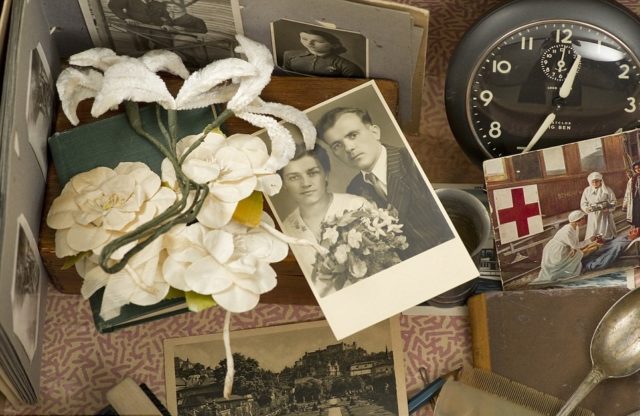
You can read more about this fascinating project on Crispin’s blog here Jon Crispin’s Notebook. Also, you can see all of his work and purchase prints here: Williard Suitcases.
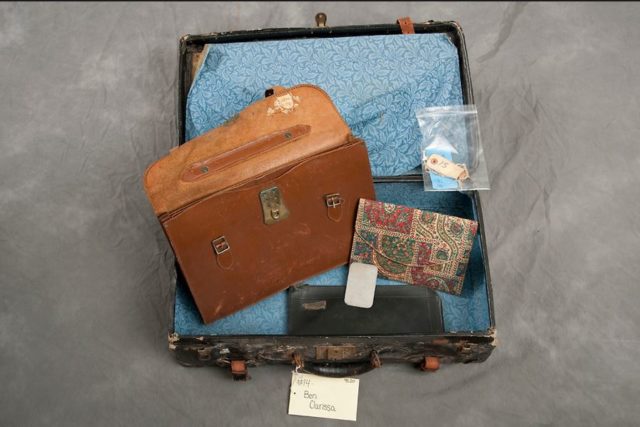
Regarding the future of the project, here are the hopes of the photographer
Read another story from us: Mental health and treatment through the ages
Museum exhibits, more talks and lectures, collaborations with other artists, and eventually a book. I have just begun to actively work on locating venues that will exhibit the work. I have some exciting prospects, but am always open to hearing from museums and galleries that might be interested.
